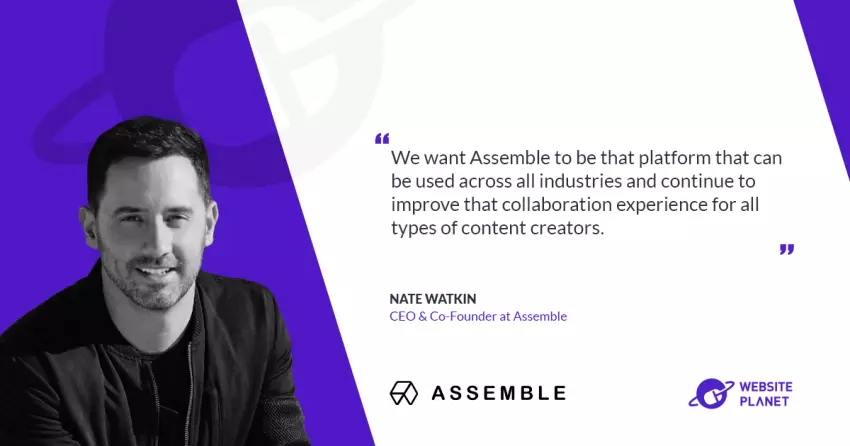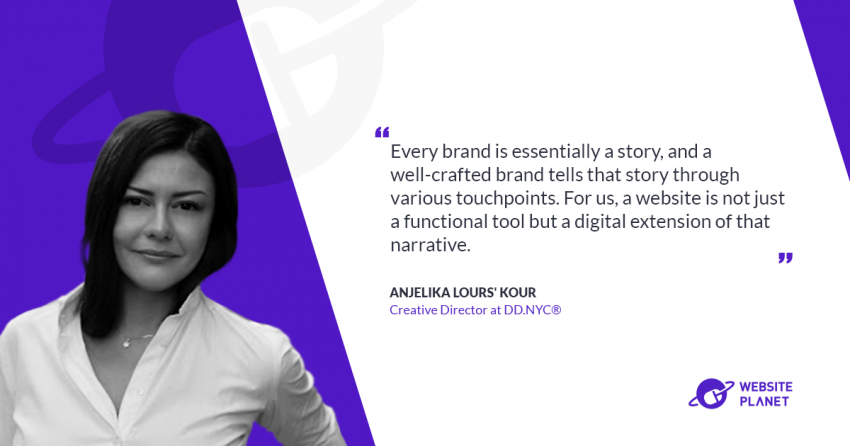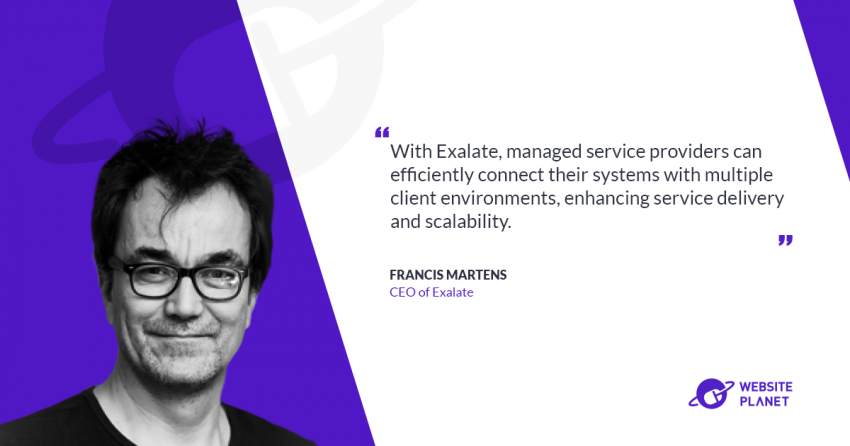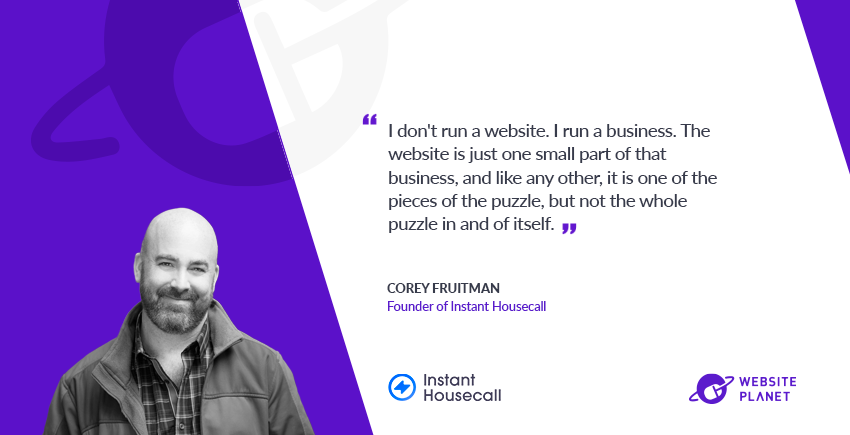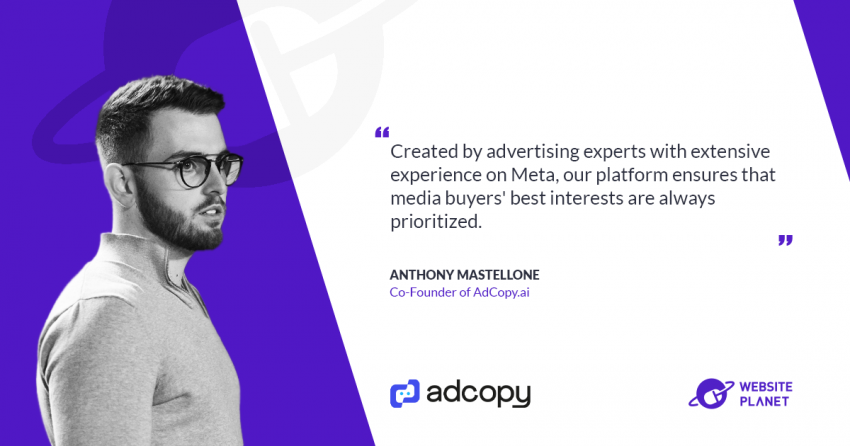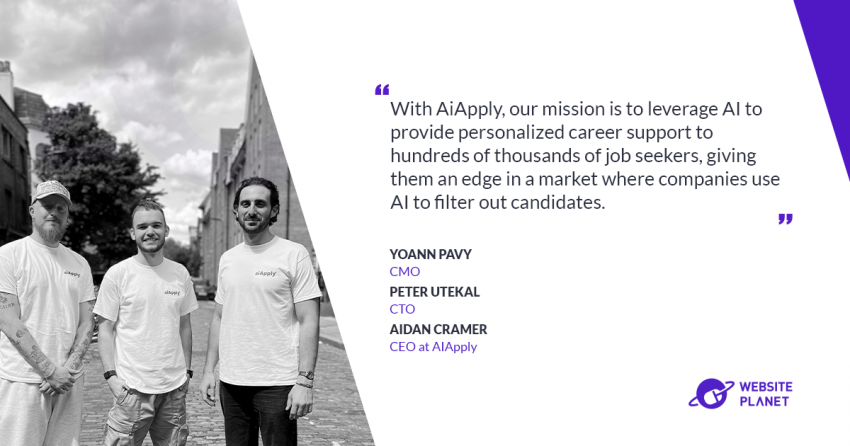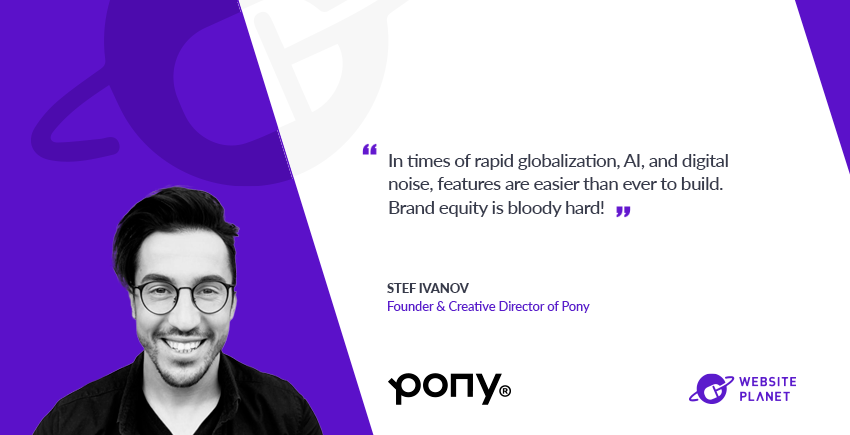A video production can be a really messy project that is hard to navigate even for the professionals that work on it on a daily basis. To solve that pain, Nate Watkin founded Assemble, a tool that promises “everything you need to manage your project from pre production to post”.
We talked to Nate to know more about Assemble, who can use it and the amazing blog they created for content producers out there. Check out this special interview for
Website Planet below.
Can you tell us what inspired you to create Assemble and what can Assemble do?
I ran a production company for almost a decade based in Los Angeles and, as a producer and business owner, I always struggled to find a project management tool made for content creation workflows. Everything seemed to be a square peg in a round hole and nothing ever worked specifically for what we needed. So, we finally decided to build it.
Assemble is a product built by former producers with years of experience. Essentially, it’s a project management, workflow and collaboration tool designed around the content creation process. We enable teams to plan and track projects, organize assets, manage feedback, distribute documents and do everything they need within their content creation workflow.
Our customers include everyone from Hollywood studios like Lionsgate, to large production companies like Maximum Effort, to advertising agencies, internal marketing teams, podcast production companies, filmmakers, freelance producers, YouTubers, anyone who’s creating content can use our platform to accelerate and streamline their workflow.
When you came up with the idea for Assemble, what did you intend to resolve better?
The main problem was, and still is today with other tools, that there’s been a number of great tools that solve one part of the whole process, but the problem is that, when you start to add those tools up – before long you find yourself using five or six different tools – your workflow becomes more difficult.
You have to switch between those tools and maybe they don’t even talk to each other. Often, people end up just returning to a spreadsheet because it’s too much work to manage all of that.
Our goal has always been to bring the entire workflow, from start to finish, every single piece of it in one piece of software, whether it’s creative development, casting, actual production on set, post-production, asset management and delivery. That’s really what we designed and that, to us, is a tenfold improvement over using up to seven tools, plus spreadsheets, plus email.
What was the main challenge of creating Assemble and presenting it to the public?
I’d say the biggest challenge has been building such an ambitious platform. When we first set out, we didn’t realize how big this product really is. Creating something of this scale that can really manage everything from calendars to call sheets, asset management and feedback was a much bigger project than we initially scoped it out to be.
So, the amount of product development that had to go into it was huge, but we are really excited to have gone through that now and to be on the other side, where our customers can start to reap the benefits of that.
When you hear feedback from your customers, what are the main possibilities perceived to improve their workflow?
I talk to customers all day, every day. One of the first questions I ask them is what collaboration tools they use. Usually, they’ll list three or four, but when we really start to ask about calendars, documents and everything else, they start to realize they use six or seven different tools. Many of them find their process is scattered and that it is not very systematic.
They are missing process. When everything is scattered across multiple tools, it’s hard to create a step-by-step process that can be followed time and time again. We often find many customers have people on their team using different processes and different tools, so it becomes even more difficult to understand where everything stands at any given time and to create a scalable process.
That’s the key challenge we try to help customers solve. First of all, to put all of their workflows in one place for everyone to see and to collaborate together. Secondly, to systematize the key steps into a truly repeatable, scalable process once the workflow is created.
When did the idea for the Assemble blog come up?
We’ve been focusing lately more on the blog and other channels. The blog is called Assemble Magazine and our goal is to interview industry leaders and people that are going to bring our readers a very high level of perspective based on their own experience, talking about how they have produced content.
We focus on the producer angle. There are many good blogs about directing, framing and other creative steps for filmmaking or content creation, but we feel there’s a lack of editorial content out there for the producers: how did they stretch a budget or how did they make a miracle happen based on a director’s request, for instance.
We focus on speaking to other producers interested in improving their craft. This concept expands out from the blog into the podcast, which is Creatives Offscript, and our YouTube channel. We’ll be launching a lot more video content there as well.
What are the plans for Assemble for the next 3 to 5 years?
We are big believers that every company is a content company. It doesn’t matter if you are a Hollywood studio or a B2B company selling software, every company needs to be speaking to their customers and audience, and the best way to do that is through engaging, interactive content.
So, as we continue to improve the product, we are focused on becoming the go-to platform for any sort of content team, whether it’s for Hollywood movies or someone’s YouTube channel. We want Assemble to be that platform that can be used across all industries and continue to improve that collaboration experience for all types of content creators.
